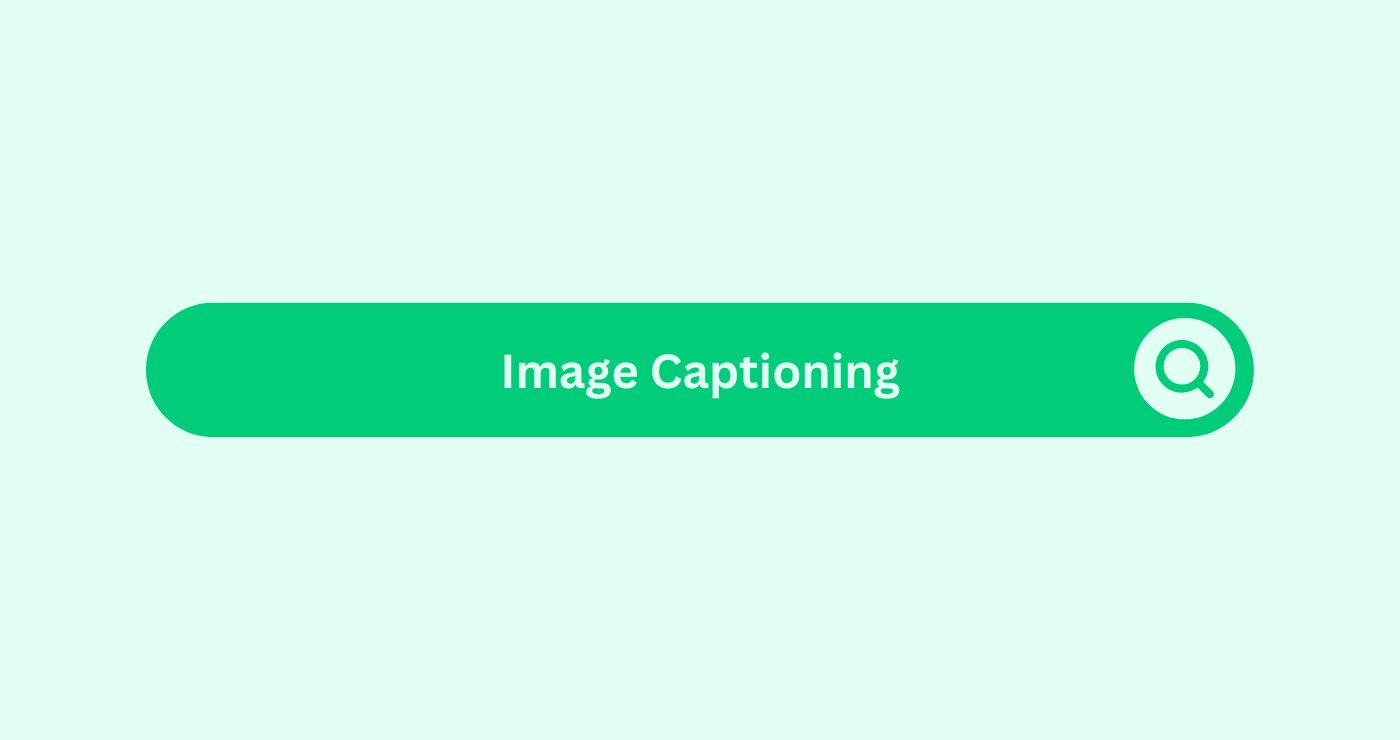Definition:
Image Captioning is an AI technique that automatically generates descriptive text for visual contentDefinition Visual content refers to any content that incorpo.... It combines computer visionDefinition Computer Vision, in AI terms, is the field of art... and natural language processing to “read” images and output human-like captions. The system identifies objects, contexts, and relationships in an image and converts that information into structured, relevant language.
For a digital marketing agency Auckland, this means turning product images, blog illustrations, or social mediaWhat is Social Media? Social media refers to online platform... visuals into indexed content that improves accessibilityDefinition Accessibility refers to the design and developmen... and search engine visibility. Instead of manually writing descriptions for thousands of visuals, teams can automate the process while keeping quality high.
More than just a convenience, image captioning improves SEO performance, enhances user experience, and makes content more discoverable—especially in visual-heavy sectors like eCommerce, travel, or lifestyle. It’s also critical for accessibilityDefinition Accessibility refers to the design and developmen..., helping visually impaired users understand what’s being presented.
In paid campaigns, a performance marketing agency might use AI-generated captions to auto-fill alt textDefinition Alt text boosts accessibility, aids SEO by provid... for programmatic ad creatives. That boosts relevanceDefinition In SEO, relevance refers to the degree to which a... scores and improves placements on networks that factor in contextual cues. For blogs, newsletters, or image-rich landing pagesDefinition Landing pages are standalone web pages specifical..., image captioning ensures every visual asset contributes to organic reach.
With tools like Google’s Vision AI or OpenAI’s CLIP model, content marketers can now scale visual metadata generation without sacrificing nuance or context.
Real-World Example:
A SEO company in Auckland manages a large-scale fashion retailer’s product blog and seasonal lookbooks. Each blog post features 15–20 images—product closeups, model shots, and background lifestyle photos. Previously, the content team spent hours manually writing captions, alt textDefinition Alt text boosts accessibility, aids SEO by provid..., and Open Graph image descriptions.
By implementing an Image Captioning system trained on retail-specific data, they automate this process. The AI accurately identifies items (“red leather ankle boots with gold zipper”), settings (“urban street style in Ponsonby”), and emotional tones (“bold, confident outfit for winter brunch”).
As a result, these captions double as:
- On-page content supporting long-tail keywordsDefinition Long-tail keywords are extremely targeted and par...
- Rich metadata for Google Image Search
- Improved accessibilityDefinition Accessibility refers to the design and developmen... tags for screen readers
- Enhanced previews on social shares
This automation improves search ranking across both standard and image SERPs. Bounce rates drop as users click on highly relevant visuals. Open rates on emails with captioned previews increase by 17%. Internal linkingWhat is Internal linking? Internal linking refers to the pra... strategies also benefit—since captions now include related product terms, location tags, and seasonal themes.
Whether for paid ads or organic campaigns, image captioning bridges the gap between visuals and search intent.
Formula
| Stage | Input | AI Function | Output |
|---|---|---|---|
| Image Analysis | Product, stock, blog images | Computer VisionDefinition Computer Vision, in AI terms, is the field of art... detects objects & context | Object labels, scenes, relationships |
| Language Mapping | Detected elements | NLP forms grammatically accurate sentences | Structured, human-readable caption |
| Optimisation Layer | SEO rules, keyword guidance | Embeds metadata and tone into caption | SEO-rich, context-aware description |
| IntegrationDefinition Integration in the SEO Glossary combines tactics ... | Web, blog, ad platforms | Captions used across CMS and creative tools | Indexed, accessible, and engaging content |
Key Takeaways
- Image Captioning automates visual contentDefinition Visual content refers to any content that incorpo... description, boosting SEO and accessibilityDefinition Accessibility refers to the design and developmen....
- It helps content teams scale metadata creation without manual effort.
- AI-generated captions support alt tags, Open Graph previews, and social mediaWhat is Social Media? Social media refers to online platform... snippetsDefinition In email marketing, small, reusable blocks of con....
- Enhanced captions improve image rankings in search and increase content engagementDefinition Engagement in content marketing refers to the deg....
- When integrated with CMS, Image Captioning creates a seamless visual-to-text publishing workflow.
FAQs
How does image captioning help improve SEO in visual content?
Image Captioning turns visuals into crawlable, keyword-optimised text, enhancing discoverability and indexingDefinition Indexing in content marketing involves search eng... in both traditional and image-based search engines.
Can a content team automate image metadata using image captioning?
Yes. Image Captioning allows teams to auto-generate structured metadata like alt textDefinition Alt text boosts accessibility, aids SEO by provid..., title tags, and descriptions, which reduces manual workload and speeds up publishing.
What role does image captioning play in improving accessibility?
Image Captioning provides descriptive tags that screen readers can use to interpret visuals—making content more inclusive for visually impaired users.
Is image captioning helpful in programmatic advertising campaigns?
Absolutely. Automatically captioned visuals increase contextual relevanceDefinition In SEO, relevance refers to the degree to which a..., improving ad targeting accuracy and placement in content-rich environments.
How accurate is image captioning for niche industries like fashion or food?
When trained on industry-specific datasets, Image Captioning can achieve high accuracy in describing textures, colours, items, and emotional cues relevant to niche audiences.




